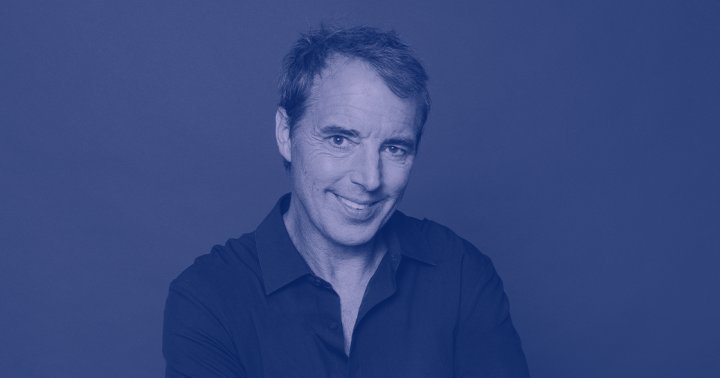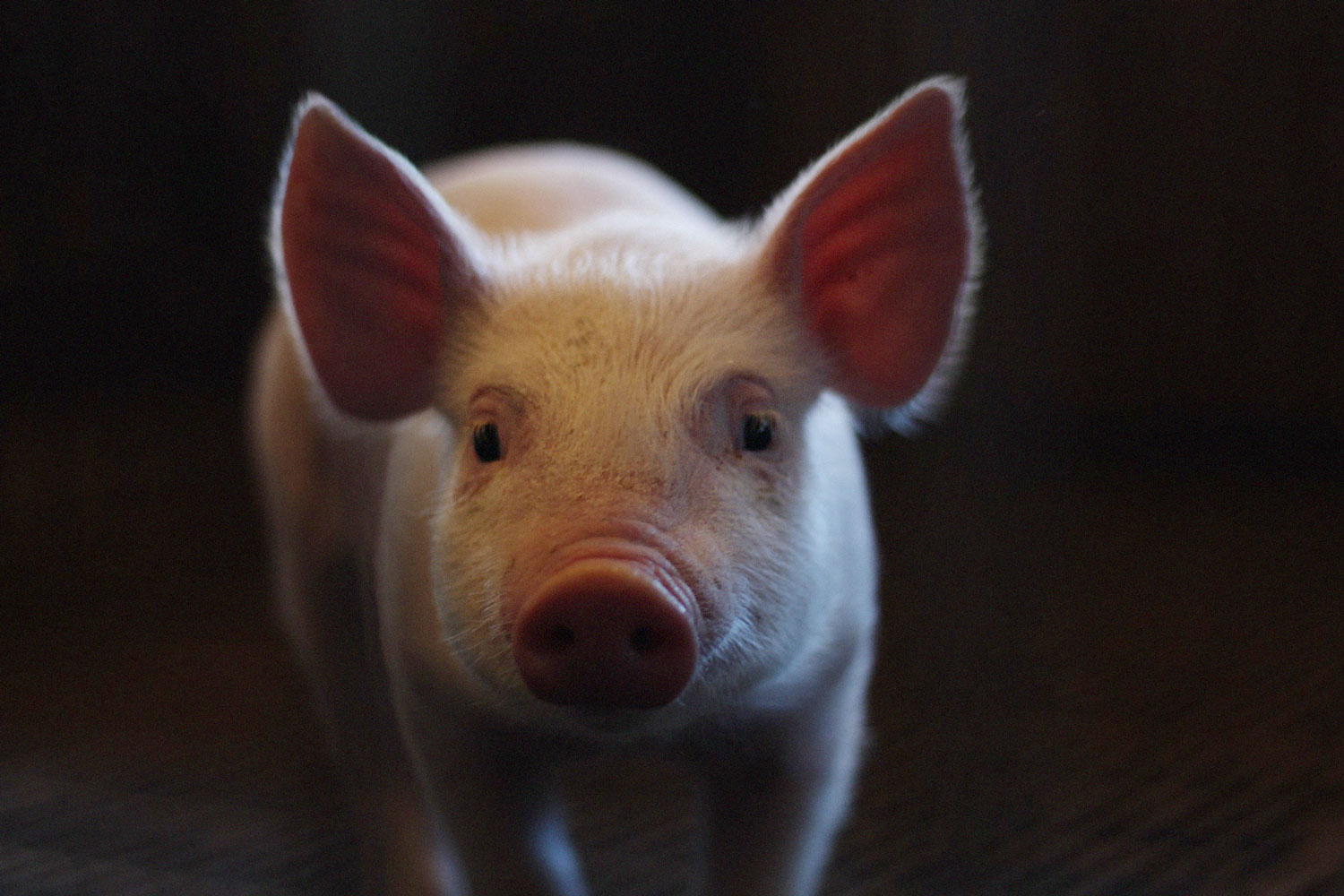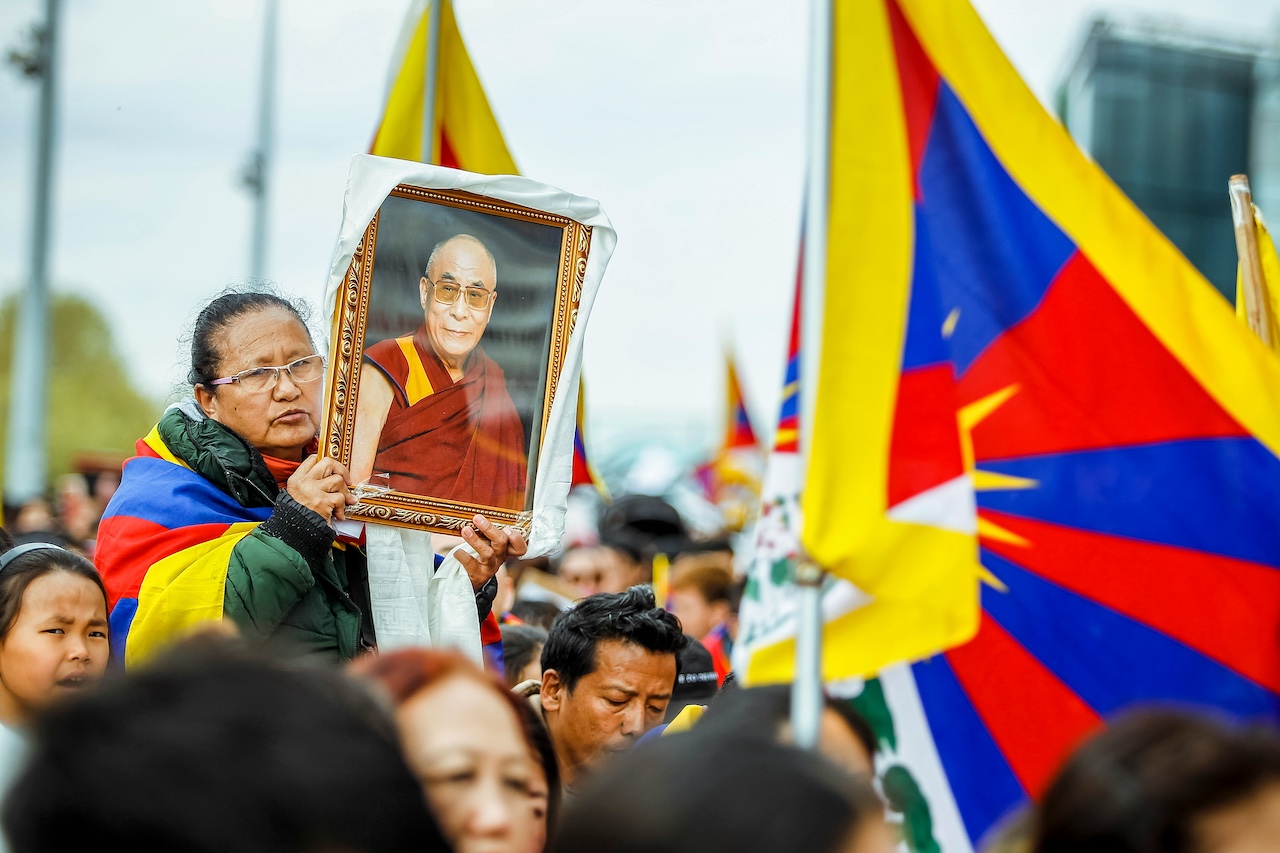Free from Suffering and Free to Suffer
A Colombian Zen monk reflects on a teaching imparted by his mother’s death The post Free from Suffering and Free to Suffer appeared first on Tricycle: The Buddhist Review.
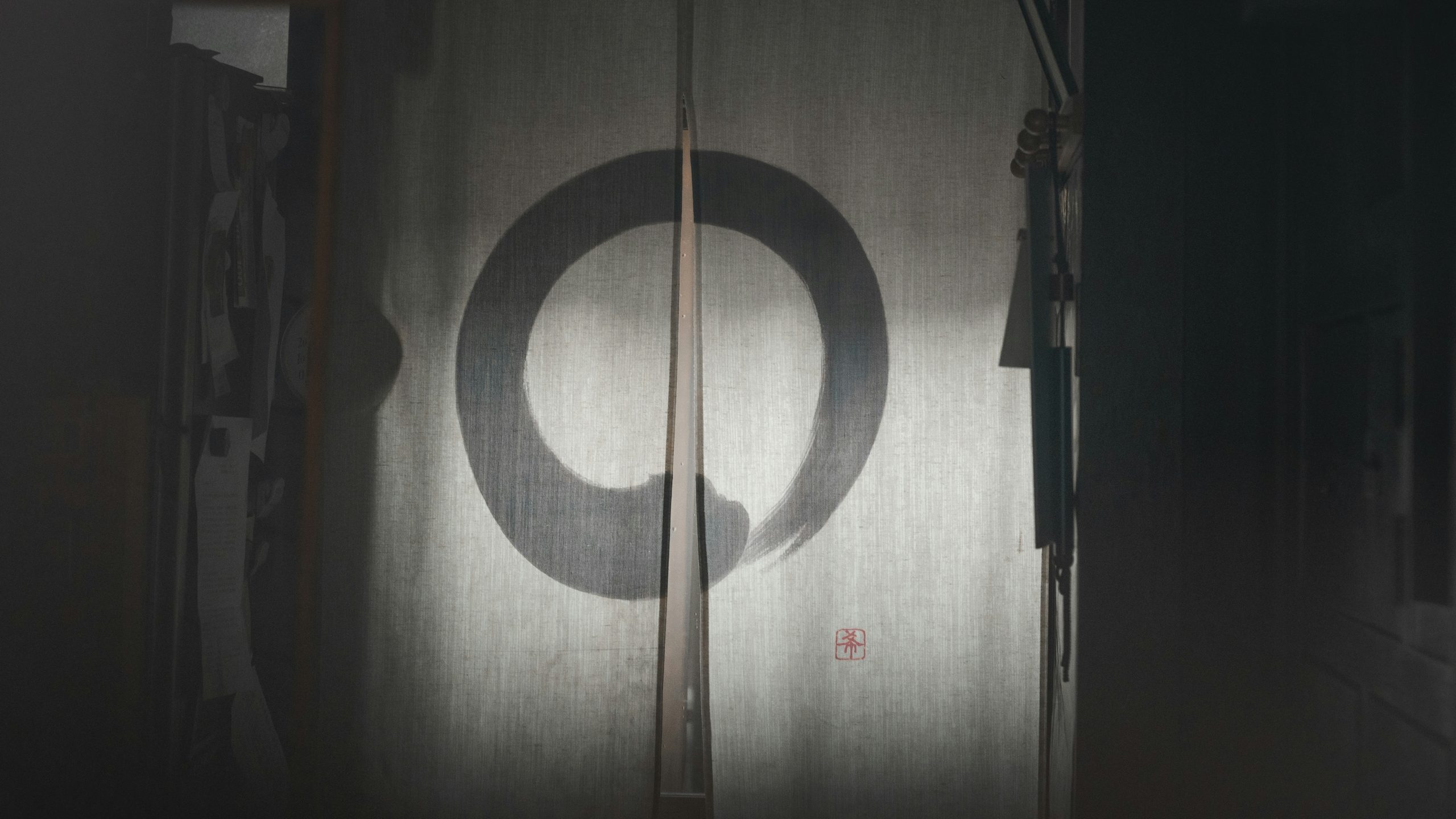
Personal Reflections Death & Dying
A Colombian Zen monk reflects on a teaching imparted by his mother’s death
By Santiago Santai Jiménez Feb 15, 2024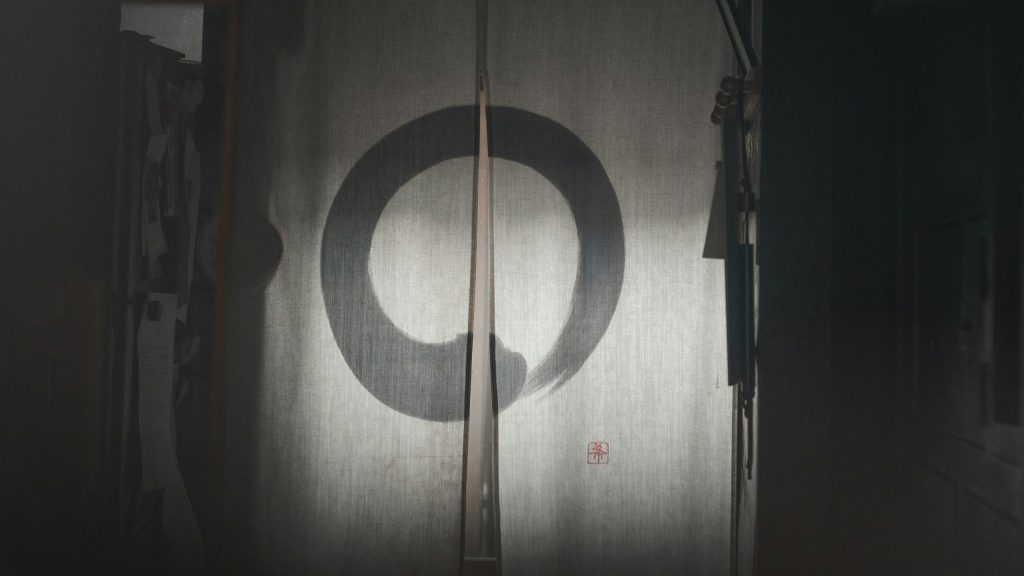 Photo by Rogério Toledo
Photo by Rogério ToledoOn December 18, 2023, at 3 p.m., I had the privilege of watching what is probably the most sacred moment of a human being’s life: its death. Just about a month earlier, my family and I had received a devastating diagnosis regarding my mom: she had stage four cancer. Even though it was tough news to hear, for obvious reasons, part of me saw it as a precious opportunity: my mom and those who loved her would have the chance to say goodbye. The process of being with her during her last days was both heartbreaking and heart-opening, a truly beautiful experience. And what happened a couple of hours after her passing became an inspiration for practice.
Few moments are as personal as seeing one’s mother pass away. Mothers are the beings through which we come into the world, our first source of food and of nurturing. They are also, in most cases, the first people to put expectations on us. As is the case with many parent-child relationships, my mom and I were immense sources of both love and frustration for each other; a lot of karma existed between us.
Witnessing the lifeless body of my mom in front of me, surrounded by our closest family members and friends, was a very intense experience; I felt an amplified mixture of gratitude, sadness, and love. For me, it was a truly special moment, full of deep meaning.
And yet, as sacred as that moment seemed to be, its absolute essence was empty.
Among us were two people who had never seen my mom before—the employees of the funeral home who came to take her body away. They had no personal history with her, she had not been part of their lives, they never heard her voice, felt her embrace, or shared her laughter or tears. Even though they were watching the same scene in front of them, they were constructing their own very different meanings and, therefore, having a very different experience. For those of us who had shared a life with my mom, this moment would be emblazoned in our memories forever. For the employees of the funeral home, who never knew her, this was just another day on the job that they most likely have already forgotten.
So what was the real essence, the true meaning of that moment?
[When] Emperor Wu asked the great teacher Bodhidharma,
“What is the first principle of the holy teaching?”
Bodhidharma said, “Vast emptiness, nothing holy.”
Bodhidharma’s Vast Emptiness Koan, The Blue Cliff Record
We fill the world with meaning through our conceptual minds as they label things as good or bad, beautiful or ugly, sacred or mundane. Since this happens unconsciously for most of us, we fail to take responsibility for it, believing that the goodness or badness of situations is inherent to them instead of acknowledging our role as cocreators. We can never say what anything “really” is objectively because whatever we say it is will be a construct of our conditioned mind—a story among an infinite number of possible stories that sits “on top” of what is there, a kind of veil that oftentimes obscures the luminous clarity of seeing everything just as it is, before we cloak it with our personal opinions, values, and judgments about it.
This is not to say that life is meaningless either. Let’s not be nihilistic. Nihilism would be just another fixed idea, another attempt of the conceptual mind to freeze life, to label it, and to narrow its vastness into something it can grasp. The vast emptiness that Bodhidharma speaks of is not a bleak or desolate nothing—quite the contrary. It is the liberating wisdom beyond concepts that points to the ungraspable mystery and richness of every moment.
It is easy to get attached to any insight we have, especially if it is a profound one, but to be truly free, we must also let go of even our most precious realizations.
Realizing this emptiness is freedom from the constructs, limitations, and attachments created by our dualistic egoic minds; it is the discovery of our ever-present buddhanature. And yet, this realization is not the end of the path.
It is precisely this amazing creative capacity to come up with constructs that make us human. We just fail to see their constructed nature and believe them to be absolute realities. I remember years ago, after having some experiences of insight into emptiness, I pontificated to my mom, full of certainty: “I know why we all suffer. It’s so simple: we attach to things and people because we don’t see that everything is impermanent and empty. If we realize this, there’s nothing to get attached to and therefore no suffering!” She then asked me, “So does that mean you won’t cry when I die?”
Her question was the seed of a great teaching that, as time passed, and with the help of my Zen teacher and my life’s Zen practice, has grown inside my heart. It is easy to get attached to any insight we have, especially if it is a profound one, but to be truly free, we must also let go of even our most precious realizations. We must be able to see that we have realized and attained nothing at all; only then can we approach the moment with a truly fresh, open, always empty-of-essence and full-of-everything mind.
Our buddhanature is impersonal, empty and full, timeless and boundless, not created and not destroyed, not born and undying, free from all attachment and suffering. Our human nature is personal and limited, it is born, gets ill, gets old, gets attached, suffers, and dies. In Zen, a deeper liberation comes when we learn to appreciate both natures without preference.
We’re not only Buddhas fully free from attachment and suffering—we’re also humans fully free to get attached, to experience personal love, and to suffer. What great freedom is this!
When my mom died, I did cry. I cried empty tears of human sadness and the Buddha’s love. And I cried them freely.
![]()
Thank you for subscribing to Tricycle! As a nonprofit, we depend on readers like you to keep Buddhist teachings and practices widely available.
This article is only for Subscribers!
Subscribe now to read this article and get immediate access to everything else.
Already a subscriber? Log in.

 KickT
KickT 







